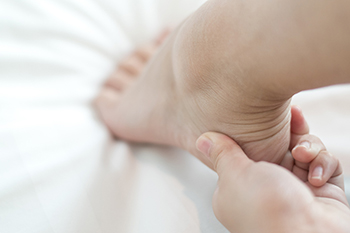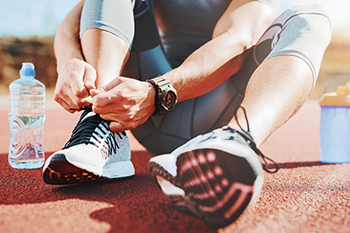You may have once heard that it is better to stand than sit, however, this may not be entirely accurate. While it might be true that sitting too much can have ill effects on your overall health, standing all day is also not great. Standing for prolonged periods of time has been linked to muscle strain, fatigue, swelling, varicose veins, leg cramps, joint problems, plantar fasciitis, bunions, calluses, and corns. If you must stand for long periods of time, it is suggested that you frequently change the position you stand in, wear comfortable and supportive shoes, walk around and stretch your feet, and take occasional breaks to sit and rest. If you are suffering from foot pain, please seek the care of a podiatrist.
While working on the feet, it is important to take the proper care of them. For more information about working on your feet, contact Alex Kim, DPM from AVID Foot & Ankle Center. Our doctor will treat your foot and ankle needs.
Working on Your Feet
Standing on your feet for long periods of time can cause stress and pain in your feet. Your whole body may experience change in terms of posture, back pain, bunions, callouses and or plantar warts. There are ways to avoid these conditions with proper foot care, smart choices and correct posture.
Positive Changes
Negative heeled shoe – Choosing this shoe type places the heel slightly lower than the ball of the foot. These are great for overall foot health. Find shoes that fit you correctly.
Go barefoot – Our feet were not designed to be enclosed for all hours of the day. Try to periodically expose your feet to air.
Eliminate Pain
Foot Exercises – Performing simple exercises, incorporating yoga and doing stretches are beneficial. This will allow increased blood flow to the area and muscles of the foot.
Achilles tendon – Stretching the foot out flat on the floor will relax the calf muscles and tendon. These exercises can be performed almost anywhere. Make sure you add these exercises to your daily regimen.
With a little bit of this information and knowing more about foot health, you will notice changes. Foot stretches and proper footwear will help with pain and prevent further issues.
If you have any questions please feel free to contact our office located in Little Elm, TX . We offer the newest diagnostic and treatment technologies for all your foot and ankle needs.






